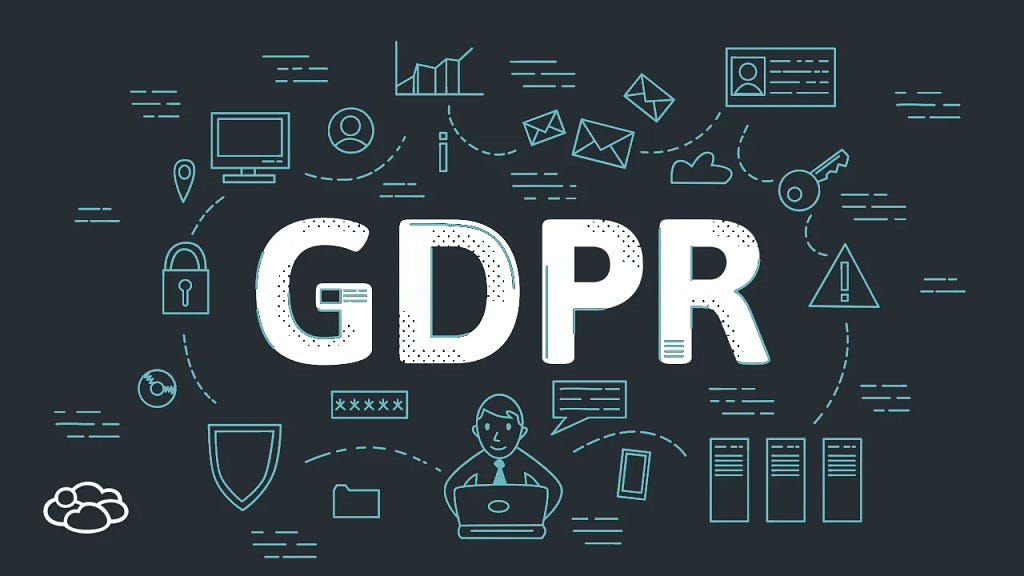
Introduction to Data Privacy and GDPR Compliance
Data privacy has become one of the most critical responsibilities for modern infrastructure, platform, and DevOps engineers. The General Data Protection Regulation (GDPR) has set new standards for data protection, and understanding its requirements is vital for building and maintaining compliant systems. Whether you’re new to GDPR or looking for practical insights into its impact on your daily work, this guide will help you navigate the landscape of data privacy in a way that’s actionable and easy to follow.
Why GDPR Matters to DevOps and Platform Engineers
GDPR isn’t just a concern for legal teams — it directly affects how infrastructure is designed, how applications are deployed, and how data is processed. As a DevOps engineer, you’re on the front line, ensuring that systems comply with these regulations. Violations can result in significant penalties, not to mention loss of customer trust. Therefore, understanding the intersection of GDPR and infrastructure responsibilities is crucial.
This guide will break down how GDPR impacts DevOps practices and provide some best practices to help you navigate compliance requirements without hindering your operational efficiency.
Key GDPR Principles for Engineers
The GDPR is built on core principles that impact the technical choices you make every day:
- Data Minimization: Only collect and store data that is necessary for the intended purpose. As an engineer, think about ways to reduce unnecessary data storage, anonymize where possible, and design workflows that limit access.
- Purpose Limitation: Ensure that data is used only for specific purposes. Implement tagging or metadata that describes the purpose for which each dataset can be used.
- Security: DevOps and infrastructure engineers are responsible for implementing strong security measures, including encryption, access controls, and secure backups to safeguard personal data.
- Data Subject Rights: Individuals have rights like data access, correction, and deletion. Your systems must be flexible enough to accommodate these requests. Automating data access or deletion is one way to help ensure compliance.
Practical Steps to Ensure GDPR Compliance
- Infrastructure Design with Privacy in Mind: Adopt principles like privacy by design and privacy by default. This means evaluating every architecture decision with data protection in mind, including how data flows across services and which data processors are involved.
- Secure CI/CD Pipelines: If your pipeline handles data, it’s important to ensure any temporary storage or processing maintains compliance. Avoid storing sensitive information in logs or artifacts unless absolutely necessary.
- Data Localization and Transfer: GDPR places restrictions on data transfer across borders, especially outside the EU. Use services that allow data localization and maintain full control of where data resides.
- Audit Logs and Documentation: Keep a record of data processing activities. Infrastructure monitoring and detailed logging help prove compliance. Set up automated auditing processes to flag potential compliance issues before they escalate.
- Incident Response Plan: DevOps teams need to have a solid incident response plan for data breaches. This plan should include measures for identifying, reporting, and mitigating breaches quickly — within the 72-hour GDPR requirement.
Challenges You Might Face — and Solutions
- Balancing Performance with Compliance: Encryption can slow down systems, but it’s necessary. Using modern encryption libraries optimized for performance can mitigate this issue.
- Handling Data Subject Requests Efficiently: Automate data deletion and anonymization processes wherever possible. Tools like AWS Macie or Azure Purview can help in identifying personal data that needs handling.
- Compliance Across Environments: Maintaining consistency between dev, test, and production environments is crucial for GDPR compliance. Infrastructure as Code (IaC) tools like Terraform and configuration management tools like Ansible can help keep environments in sync, ensuring compliant practices are followed everywhere.
Conclusion: Making GDPR an Integrated Part of Your Workflow
GDPR is not a one-time task — it’s a continuous process. For DevOps and infrastructure engineers, it means thinking about privacy and compliance at every stage: from architecture and design, through development, to deployment and beyond. By incorporating GDPR requirements into your existing DevOps practices, you’ll not only meet legal requirements but also build systems that are resilient, trustworthy, and aligned with user expectations.
Embrace the mindset that data privacy isn’t a blocker, but rather an opportunity to build robust and transparent systems that benefit both users and organizations. As we continue to develop new features and scale systems, compliance becomes a natural part of the DevOps culture, leading to both smoother operations and a more secure product.